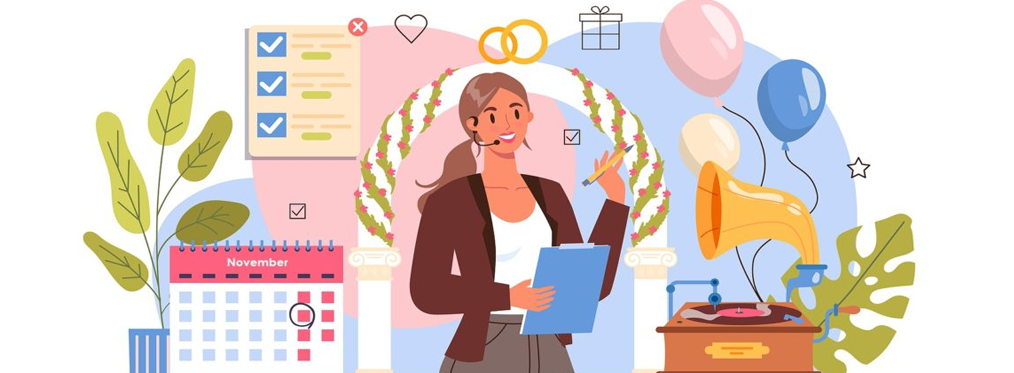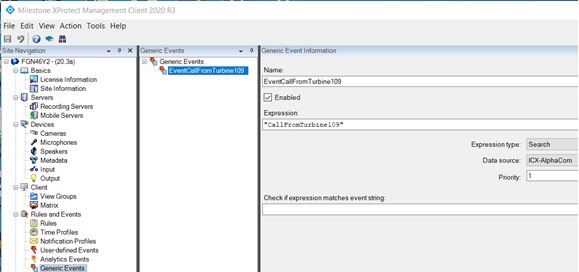
Setting up a milestone event is a great way to communicate what is happening on your project. It allows you to outline what is expected of your team and can make your work easier and more efficient.
Project milestones are the irreducible minimums of your entire programme
Project milestones are key checkpoints in a project’s schedule. They can help you measure progress throughout the project, ensure your team is on track, and assure stakeholders that you are on track. Depending on your project, your milestones may be in the form of a phase, a deliverable, or an event.
Milestones can be used to break your project up into smaller timeframes, measure progress, and highlight key deliverables. They can also be used to celebrate major events and to congratulate team members.
Milestones are not the end-all, be-all of project management. There are other methods of monitoring and tracking your project, such as the use of task management tools, a work breakdown structure, or a project scheduling tool. However, milestones are an essential element of any project’s document.
Traditionally, milestones are broken up into phases. These phases often include multiple team members and may take several weeks to complete. When a phase of a project is finished, the milestone is achieved.
Often, milestones are set during the planning and scheduling stage of the project. The precise point at which to set a milestone is dependent on several factors, such as the type of project and organization.
Ideally, milestones should be spread out over the project’s duration. This allows for the opportunity to accommodate any delays. If there are delays, project managers should identify the reasons and adjust their milestones accordingly. Having milestones in place can also help you to avoid unnecessary risk.
Whether you are using a task management tool or a project scheduling tool, ensuring your project’s milestones are in place can help your team complete the project on time. In addition, milestones provide team members with targets to reach. Team members can judge their priorities and the importance of each milestone, helping to motivate the team and keep them motivated.
A free template for setting start-to-finish milestones is available to download from ProjectManager. By using this template, you can easily set up your milestones and track their progress. Use this template to determine when you need to add milestones.
While milestones are an important part of any project, there are some best practices you can follow to make them more effective. You should consider the project’s goals, schedule, and risks when establishing your milestones.
Setting milestones can help you communicate what’s happening with your project
Whether you’re starting a new project, or you’re just looking to keep your current one on track, setting milestones can help you get everyone on the same page. A milestone can mark an important event in your project, or it can signify a major deliverable. Depending on your project and organization, it’s a good idea to set milestones in different stages.
For example, a construction project that’s scheduled to be completed in 18 months can be broken up into smaller segments based on certain critical events. Each segment is monitored until completion, and the team can then move on to the next phase.
Generally, the most important thing about a milestone is not the exact date of completion, but the significance of the accomplishment. When the milestone is reached, the team is able to celebrate the achievement with a party, lunch, or other reward.
Another good reason to set milestones is to help you determine when you can expect to complete your project. If your project is running behind schedule, you can reschedule some of the tasks that are associated with the milestone.
Ideally, you should consider setting milestones in the early phases of your project. This gives a clearer view of your progress, and can reduce friction.
Using milestones to track progress is a great way to keep people on the same page, and they can also be used as a communication tool for stakeholders. Milestones can be used to mark major events, such as an advertising campaign with high-priority tasks.
Setting milestones can also help you visualize important dates in your project, and can serve as a benchmark to measure your progress against. These milestones can also be used to identify bottlenecks and make sure your project is on track.
When drafting your milestones, you’ll want to include the right details. The project’s objectives and timeline must be clear and defined. Not having a precise plan will cause your project to fail. It can also increase expenses and stress on your team.
Ultimately, when implementing milestones, you’ll want to think about how they can help you communicate with your project team and clients. If you’re unsure about how to set milestones, seek expert advice.
Presenting milestones at the end of tasks
When presenting milestones at the end of tasks, there are several things you want to consider. One of them is how the project is progressing. Milestones are important in the way that they help you keep track of the project. They show you how far you’ve come and how much progress you’ve made.
Some project milestones are more common than others. For instance, you may want to set milestones for the kickoff, phase, and final phase. There are also certain types of milestones, such as those that indicate the project has finished.
In addition, you can use milestones to highlight major events in the project. For instance, you can use milestones to congratulate team members. This is especially true if you have a team of people involved in the project.
Milestones are also useful for scheduling. By identifying milestones, you can help your team plan ahead. For example, if you’re planning on making a new logo, you can designate a milestone for the creation of the logo.
In addition, you can use milestones as a way to stay motivated. When your team works on a project, you don’t want to feel like you’re putting in a lot of time without achieving any results. By recognizing milestones, you’ll be more likely to achieve a higher level of productivity and success.
However, recognizing and implementing milestones is not always easy. You need to understand how they work. If you’re not sure, it’s a good idea to seek expert guidance.
The best way to do this is by implementing a visual tool. Use a project management software that includes a graphical component. A graphical tool allows you to easily review your milestones and make changes as needed.
Another way to recognize and implement milestones is to add an icon. Depending on the type of project you’re working on, this can be a fun way to keep your team engaged. Using a milestone icon in a visual project management tool can prove to be a big boost to morale.
Creating and presenting milestones at the end of tasks is an excellent way to measure the progress of a project. It can also be a fun way to congratulate team members.
Getting governance in order for a milestone event
When a newly formed organising committee is being formed, it is important to get governance in order. This includes establishing milestones. Milestones can help bring focus and give direction to your work. Without them, you may find yourself losing track of how well you are doing. And, if you are doing a new venture, each of your milestones will be unique.
Milestones can also help you achieve better business outcomes. For example, you might find that a breakthrough has worth several times its cost. By knowing that you are close to your milestone, you can engage with external collaborators to take your project to the next level. In addition, you will be able to determine whether your goal is on target or whether it is falling short.
However, a successful implementation of milestones requires a lot of planning. Planning a milestone will require you to consider the scope, duration, and cost of the project. It will also be important to consider the risks involved. If you are working with an external party, you will want to establish a risk register and stakeholder agreements. These will help you to keep the project on track and ensure that the outcome meets your expectations.
Getting governance in order for a milestone event is critical to success. It will give you the peace of mind you need to finish the job. Plus, it will help you get your organization’s process models in order. Take advantage of Signavio’s 30-day free trial to learn more about how it can improve your process models.


